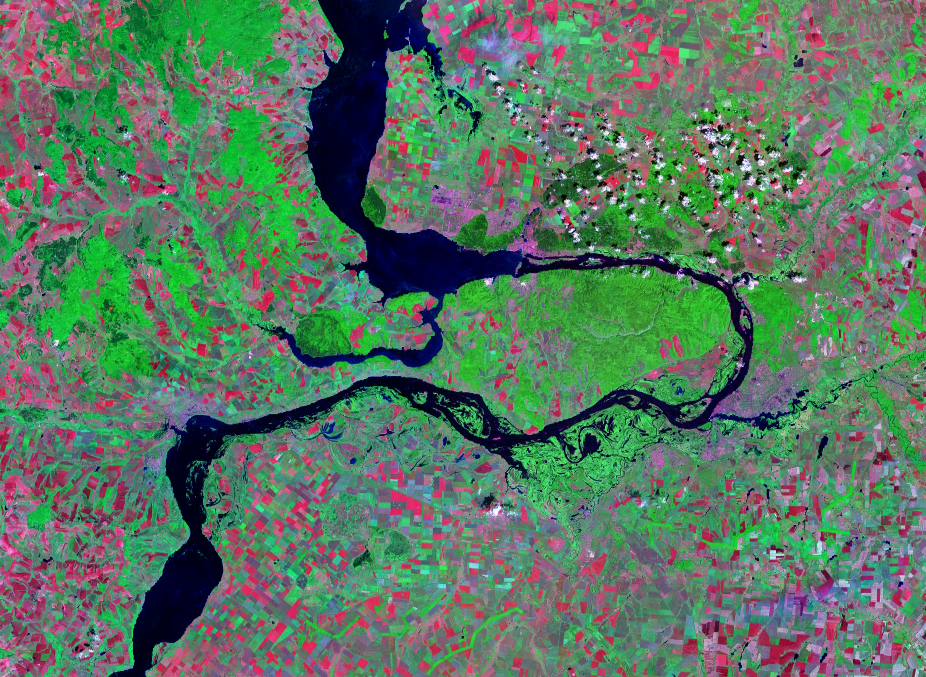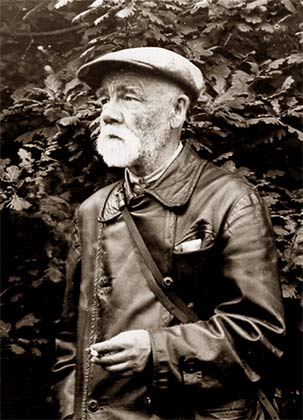Zhiguli Nature Reserve on:
[Wikipedia]
[Google]
[Amazon]
Zhiguli Nature Reserve (russian: Жигулёвский им. И. И. Спрыгина) (also Zhigulevsky) is a Russian '
 .
.

zapovednik
Zapovednik (russian: заповедник, plural , from the Russian , 'sacred, prohibited from disturbance, committed o protect committed o heritage; ) is an established term on the territory of the former Soviet Union for a protected area which ...
' (strict nature reserve) located on the Samara Bend
The Samara Bend (''Samarskaya Luka''; ) is a large hairpin bend of the middle Volga River to the east where it meets the Samara River. It is situated in the Samara region of Russia.
As the Volga enters its middle course it reaches the Zhiguli ...
in the Samara region, where the Volga River
The Volga (; russian: Во́лга, a=Ru-Волга.ogg, p=ˈvoɫɡə) is the longest river in Europe. Situated in Russia, it flows through Central Russia to Southern Russia and into the Caspian Sea. The Volga has a length of , and a catchme ...
swings around the Zhiguli Mountains. The reserved is situated in the Stavropolsky District of Samara Oblast
Samara Oblast ( rus, Сама́рская о́бласть, r=Samarskaya oblast, p=sɐˈmarskəjə ˈobləsʲtʲ) is a federal subject of Russia (an oblast). Its administrative center is the city of Samara. From 1935 to 1991, it was known as Kuyb ...
. The reserve is important because of its scientific value in the biodiversity of its closely placed variety of habitats. In 2007, the Zhiguli Reserve was added to the UNESCO Middle Volga Biosphere Reserve, along with the surrounding Samarskaya Luka National Park.
Topography
The Zhiguli reserve covers the northern middle section of the Samara Bend peninsula. It is bordered on the north by theKuybyshev Reservoir
Kuybyshev Reservoir or Kuybyshevskoye Reservoir (russian: Ку́йбышевское водохрани́лище, Kuybyshevskoye Vodokhranilishche), sometimes called Samara Reservoir and informally called Kuybyshev Sea, is a reservoir of ...
of the Volga River, and on the west, south and east by Samarskaya Luka National Park. The entirety of the terrain is mountains, with small sections of lowland forest and coast on the reservoir. The ridge within the reserve gradually increases from 250 m in height in the west, to 371 m in the center, then decreases to 250 meters on the eastern border. The ridge is cut by two valleys: the Bakhilova Polyana, and a ravine.
 .
.
Climate and ecoregion
Zhiguli is located in the ''East European forest steppe
The East European forest steppe ecoregion (WWF ID: PA0419) is a patchwork of broadleaf forest stands and grasslands (steppe) that stretches 2,100 km across eastern Europe from the Ural Mountains in Ural, through Povolzhye, Central Russia to the m ...
'' ecoregion. This ecoregion is a transition zone between the broadleaf forests of the north and the grasslands to the south; it is characterized by a mosaic of forests, steppe, and riverine wetlands.
The climate of Zhiguli is '' Humid continental climate, warm summer'' (Köppen climate classification
The Köppen climate classification is one of the most widely used climate classification systems. It was first published by German-Russian climatologist Wladimir Köppen (1846–1940) in 1884, with several later modifications by Köppen, notabl ...
(Dfb)). This climate is characterized by large swings in temperature, both diurnally and seasonally, with mild summers and cold, snowy winters.
Flora and fauna
The reserve is covered 94% by mixed coniferous-deciduous and deciduous forests. The remainder is grassland steppe and grass-forb meadows. The limestone and chalk mountains support some virgin steppe pine forest, with representative rocky steppe habitat, sphagnum bogs, floodplain oak and osokorevo-vetlovye forests, and willow thickets. Biodiversity is high and packed into a small area: although Zhiguli is only 0.16% of the Samara region, it contains over 1,000 of the 1,500 higher plant species of the region. 50 species of plants on the site are relics, surviving from previous geological ages. Among the mammals, the reserve is notable for its large number and variety of small rodents, such as the bank vole and the yellow-necked mouse.History
The Zhiguli Reserve was first officially established in 1927, and has undergone changes in name, status and boundaries since that time. Originally formed as Srednevolzhskiy Reserve in 1927 for scientific research, it was reorganized and renamed Kuibyshev Reserve in 1938 with an expanded focus on forestry managed. During this time, exotic species were introduced, such as theSika deer
The sika deer (''Cervus nippon''), also known as the Northern spotted deer or the Japanese deer, is a species of deer native to much of East Asia and introduced to other parts of the world. Previously found from northern Vietnam in the south to ...
and the Amur Cork Tree (Phellodendron amurense
''Phellodendron amurense'' is a species of tree in the family Rutaceae, commonly called the Amur cork tree. It is a major source of '' huáng bò'' ( or 黄 檗), one of the 50 fundamental herbs used in traditional Chinese medicine. The Ainu pe ...
), with damaging consequences for the pristine nature of the native plants and animals. During the 1940s, further degradation occurred as commercial oil drilling was introduced to the territory. The reserve was closed in 1961, but re-established in 1966. In 1977, the reserve was officially renamed in honor of Ivan Sprygin, the pioneering naturalist of the Samara Region, and the first director of the Zhiguli Reserve.

Ecotourism
As a strict nature reserve, the Zhiguli Reserve is mostly closed to the general public, although scientists and those with 'environmental education' purposes can make arrangements with park management for visits. There are two 'ecotourist' routes in the reserve, however, that are open to the public, but require permits to be obtained in advance. The first public route is a car tour to Strelna Mountain, the other is a hike to the "Stone Bowl" (karst formation). Excursions must be made in the presence of reserve officers, and cannot last more than four hours.See also
* List of Russian Nature Reserves (class 1a 'zapovedniks')References
External links
{{Russian Zapovedniks Nature reserves in Russia 1966 establishments in Russia Protected areas established in 1966 Geography of Samara Oblast Zapovednik